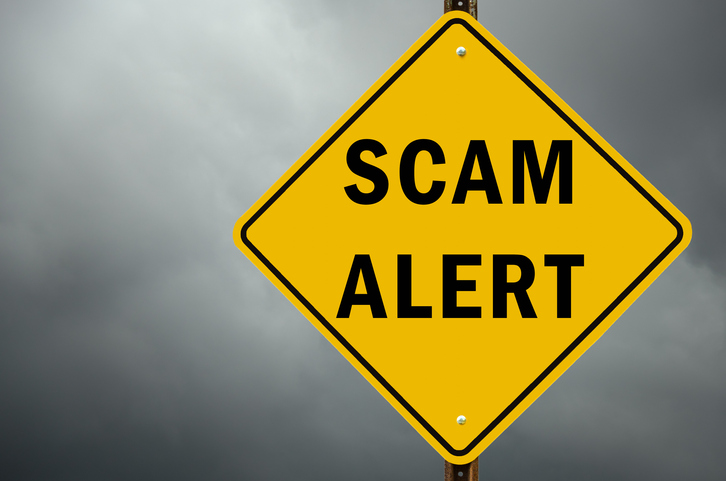While much of the attention with regard to the state’s climate policy has been on the new tax on CO2 emissions, another policy is also beginning this year that is designed to reduce transportation-related CO2 emission. The low-carbon fuel standard (LCFS) would require fuel suppliers to reduce the carbon intensity of gasoline and diesel by purchasing credits that reduce emissions in a variety of ways. This could include using biofuels, switching to natural gas-powered vehicles, installing EV charging stations and other methods.
We have written before about the LCFS, noting that when combined with the new state cap on CO2 emissions, it does nothing to help the environment. It also costs more than other CO2-reduction policies. Currently in California it costs about three times as much to reduce one metric ton of CO2 using the LCFS as compared to their tax on CO2 emissions in their cap-and-trade system. So, the LCFS does nothing to reduce emissions while costing much more than other systems that do.
Now, another example of how potentially irrational the low-carbon fuel standard is comes from an article in The Urbanist, outlining Sound Transit’s plan to earn revenue from the state program.
The article notes that the agency would claim that light rail projects reduce transportation-related CO2 emissions by moving people out of cars. The agency would then sell credits worth the theoretical CO2 reduction on the LCFS market.
The Urbanist article noted how much Sound Transit would make is unclear but “the agency did outline projected revenue from Link light rail. Over the next four years, Sound Transit could gross about $11.8 million ($750,000 in 2023, $1.8 million in 2024, $4.5 million in 2025, and $4.7 million in 2026).”
This misuse of the LCFS has serious problems.
It is worth noting at the outset that Sound Transit has consistently promised not to use state funding sources like gas taxes. The LCFS is really just a complicated way of taxing gasoline and funneling the revenue to organizations selling credits. It is a rhetorical sleight of hand to claim they are keeping their promise while benefitting from money from a state-imposed tax on gasoline.
The purported goal of the LCFS is to incentivize new efforts to reduce transportation-related CO2 emissions. In climate policy this is known as “additionality” – funding should go to projects that will create emissions reductions that would not have otherwise occurred. Sound Transit’s projects fail this test. None of their projects are contingent upon receiving LCFS funding. If they received no money from selling LCFS credits, all of their projects would still go forward. ST would simply siphon off funding from other potential programs for no environmental benefit.
This alone makes potential LCFS credits offered by ST worthless because they don’t reduce emissions beyond the status quo.
The article claims that light rail will “operate as zero emissions vehicles since they source energy from renewable electricity producers.” This ignores the massive CO2 impact of building the light rail system in the first place. Sound Transit construction projects involve enormous energy consumption for digging tunnels, hauling away thousands of truckloads of dirt, pouring tens of thousands of tons of concrete, as well as use of energy-intensive materials including steel and copper. The value of LCFS credits is determined by the difference between the carbon intensity (CI) of gas or diesel and the CI of the alternative. The Department of Ecology says, “Washington determines the carbon intensity of fuels on a lifecycle basis,” meaning it includes all elements of how that alternative was created, including production, transportation, etc. Ignoring the massive CO2 emissions generated during the construction of light rail tracks would violate the lifecycle approach Ecology says it uses.
The problems with Sound Transit’s math don’t end there. Transit ridership is far below the projections used in the planning process which means the claim that light rail is shifting any significant number of people out of their cars is questionable. Data also indicates that many light rail riders are former bus riders, including electric trolley bus riders, who simply switched to light rail. Therefore, net CO2 reduction is very modest at best and may disappear altogether as EVs replace gasoline powered cars.
Put more simply, any credits offered by ST would be based on phony calculations while adding nothing to total CO2 emissions reductions.
As we have noted before, these problems plague the entirety of the LCFS program. In combination with the state’s cap on CO2 emissions, the LCFS does not add to total reductions, it just dictates that a portion of the existing cap must be met in an extremely expensive way. If ST offers LCFS credits in that already flawed system, it will undermine the already dubious justifications for the program.
Ultimately, the Department of Ecology will determine the carbon-value of ST’s credits. If the Department of Ecology allows ST to join the LCFS market will be a clear indication that the scheme is little more than a scheme to funnel money to politically favored industries and government agencies.






